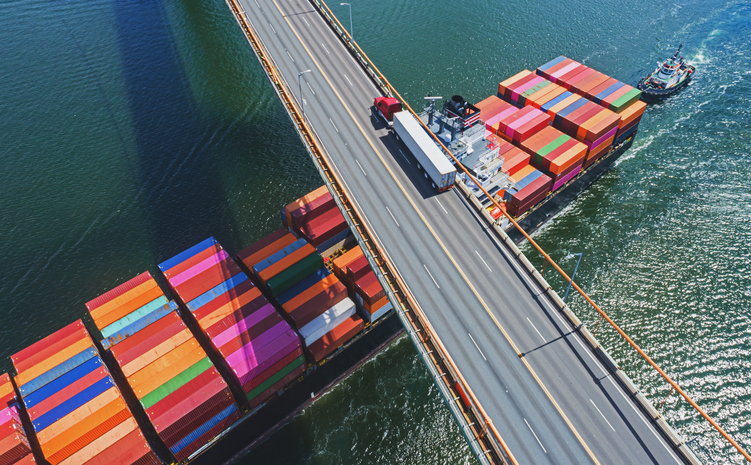Supply chain collaboration is one of those every day business terms that’s easy to dismiss until a catastrophic disruption strikes like material shortages, product design flaws, production delays, and more. But what if organizations across the supply chain could quickly huddle to pinpoint problems and take action together, staving off anything from minor setbacks to potential disaster? This is the concept behind Inspectorio, a cloud-based solution designed to help suppliers, manufacturers, brands, and retailers work together to reduce supply chain risk through digitalized quality management, ESG compliance, production tracking, and lab testing.
“Automating activities on a centralized data platform helps companies make fast and strategic adjustments in a way that is incredibly collaborative with their supplier base,” said David Klein, president and co-founder of Inspectorio. “Organizations can become more agile and resilient to supply chain disruptions, able to shift sources, product materials, and production locations to address problems and improve productivity and efficiencies.”
After digitalizing manual activities on Inspectorio, Klein said that organizations have averaged 95% time savings in administrative data entry, and 100% time savings in reporting. Customers have improved quality pass rates by approximately 8% on average. Some have reduced defect rates by 14% on average.
Digitizing quality control for accuracy and efficiency
Quality management spans numerous groups, including factories that conduct self-inspections and third-party inspectors who visit facilities. According to Klein, digitizing quality management activities helps suppliers, retailers, and others work together on standardized quality control. Inspectorio incorporates artificial intelligence to monitor facility risk, leading to valuable business insights and cost-savings.
“With data integrity, you can better understand your supplier base and benchmark their performance,” said Klein. “When you designate factories and products by risk factor, you can adapt quality controls appropriately. For example, maybe lower-risk factories can manage self-inspections on their own. High-risk factories producing high-risk products require tighter controls. Over time, you’re able to maximize your resources and lower costs while increasing quality outcomes.”





